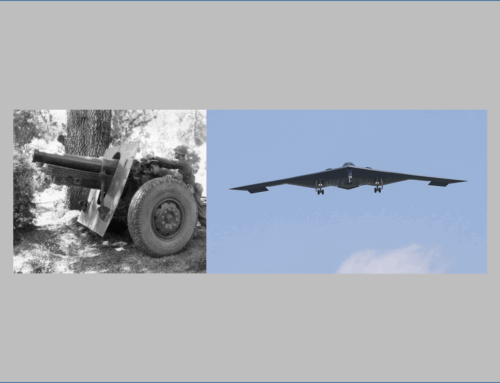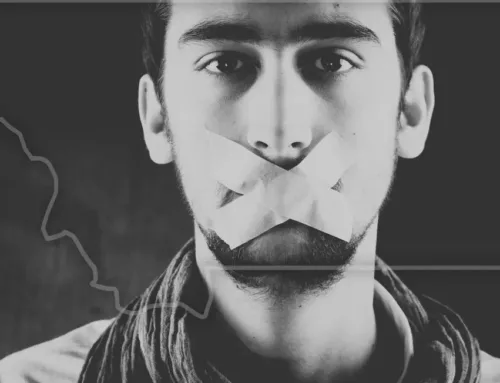‘Hello Girls’ of World War I Quest for Veteran Recognition
Published: 24 April 2024
By Kenneth Holliday, Program Specialist
National Cemetery Administration
via the Veterans Administration website

050-Hello-Girls-France
The U.S. military needed skilled operators to handle the telephones in World War I. Known as the Hello Girls, 223 U.S. women served in France. Some worked near the front lines with Gen. John “Black Jack” Pershing, the top U.S. commander. Here, the women work in Seine, France, in 1918. Their story was largely forgotten, but is being recognized on the 100th anniversary of the end of the war. (Department of Defense)
Telephone operators 60-year struggle for benefits after the Great War
Bells rang throughout France on the morning of Nov. 11, 1918, signifying the end of World War I. In Paris, people filled the streets in a bittersweet celebration: The war was finally over.
But while those celebrations took place, an American woman drew her last breaths in a foreign city. Inez Crittenden had been stationed in France for a year serving in the U.S. Army Signal Corps as a telephone operator. In the final days of the war, she became bed ridden with pneumonia. She died in Paris on the day the war ended.
Crittenden was one of 233 women who served as telephone operators for the Army’s Signal Corps during the war. They were more commonly known as “Hello Girls.”
General Pershing’s request
After the US entered the war in 1917, the Army desperately looked for ways to improve communications during military operations. Commanders discovered major problems with the use of two languages in exchanges between the American and French armies. At first, American men and French women were used in telephone exchanges, but both groups proved to be unsatisfactory. The Army had trouble finding qualified men for the job and looked elsewhere.
General John J. Pershing, commander of the American Expeditionary Forces, requested a recruitment of women telephone operators that spoke both English and French. In America, women primarily made up the workforce of civilian telephone operators. Nearly 10,000 women applied to fill Pershing’s request. Those that were accepted into the program underwent a tough selection process and had to agree to serve for the duration of the war. The women were evaluated on tests similar to those given to Army officer candidates. Then they were individually investigated by the Secret Service. Because the nature of the work required them to handle highly confidential information, their loyalty and motivations for serving were investigated more thoroughly than the average soldier.
Read the entire article on the VA website.
External Web Site Notice: This page contains information directly presented from an external source. The terms and conditions of this page may not be the same as those of this website. Click here to read the full disclaimer notice for external web sites. Thank you.




